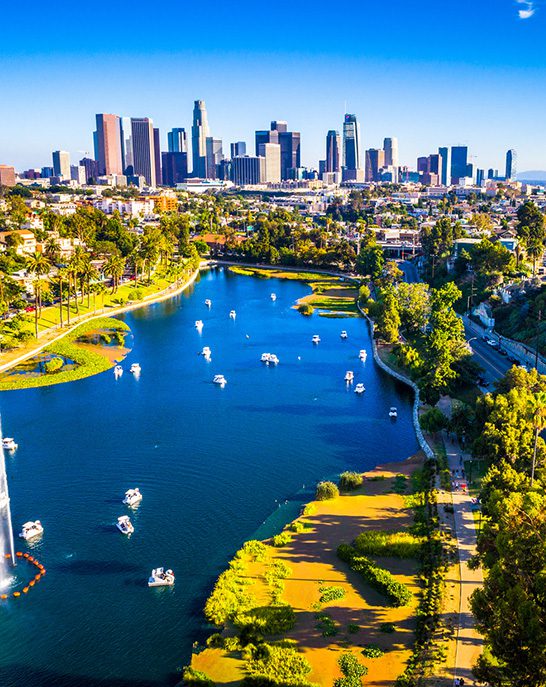Los Angeles, known for its glitz and glamour, has a rich history of real estate development that mirrors the growth of a small farming community into a sprawling urban metropolis. From its humble beginnings as a Mexican land grant to becoming a global cultural hub, the real estate evolution in Los Angeles has been shaped by a combination of factors, including economic booms, population growth, architectural trends, and the influence of the entertainment industry. In this blog, we will delve into the fascinating journey of Los Angeles real estate, exploring the key milestones and transformations that have defined the City of Angels.
- The Spanish-Mexican Era: Ranchos and Land Grants
Los Angeles was originally a part of the Spanish colonization in California. In the late 18th and early 19th centuries, vast tracts of land were granted as ranchos to prominent Spanish and Mexican settlers. These ranchos were sprawling estates used primarily for agriculture, including cattle ranching and the cultivation of crops like grapes and oranges.
- The Boom of the 1880s: The Rise of Victorian Mansions
The late 19th century saw a significant boom in Los Angeles real estate, driven by the arrival of the transcontinental railroad and the completion of the Santa Fe and Southern Pacific lines. Investors and speculators flocked to the area, leading to a construction frenzy of Victorian-style mansions, many of which still stand in neighborhoods like Angelino Heights and West Adams.
- The Hollywood Influence: The Birth of Suburban Living
The early 20th century brought the rise of Hollywood and the entertainment industry. As movie studios proliferated, they attracted aspiring actors and filmmakers to Los Angeles. The demand for housing led to the development of suburbs like Hollywood, Beverly Hills, and Bel-Air. These areas offered a more luxurious and spacious lifestyle, catering to the needs of the entertainment elite.
- Mid-Century Modernism: Iconic Architecture
In the post-World War II era, Los Angeles embraced mid-century modern architecture. Visionary architects like Richard Neutra, Charles and Ray Eames, and Pierre Koenig designed iconic homes that blended indoor and outdoor spaces, taking advantage of the city’s pleasant climate. The Case Study Houses program, featuring innovative and affordable home designs, further influenced the city’s architectural landscape.
- Urbanization and High-Rise Development
As Los Angeles continued to grow, urbanization and high-rise development became the norm. The city’s downtown area saw the construction of skyscrapers, commercial spaces, and high-end condominiums. Areas like Bunker Hill and South Park underwent dramatic transformations, turning into bustling urban centers with a mix of residential and commercial properties.
- The Modern Luxury Real Estate Market
In recent decades, Los Angeles has become synonymous with luxury real estate. High-profile celebrities and international investors have driven demand for opulent mansions and exclusive properties in neighborhoods like Malibu, Pacific Palisades, and the Hollywood Hills. These multi-million dollar homes often feature breathtaking views, state-of-the-art amenities, and cutting-edge design.
- Embracing Sustainability and Mixed-Use Development
As environmental awareness grows, Los Angeles has embraced sustainable development practices. Developers are incorporating green building designs, renewable energy sources, and eco-friendly features in new construction projects. Additionally, mixed-use developments are gaining popularity, integrating residential, commercial, and retail spaces, creating vibrant and walkable neighborhoods.
Conclusion
The evolution of real estate in Los Angeles reflects the city’s dynamic and ever-changing nature. From its humble beginnings as a Mexican land grant to becoming a global center of entertainment, culture, and luxury living, Los Angeles has undergone remarkable transformations. As the city continues to evolve, it will face new challenges and opportunities, and the real estate industry will adapt to meet the demands of a diverse and vibrant community. Whether preserving historic landmarks or embracing cutting-edge sustainable designs, the future of Los Angeles real estate promises to be as exciting and captivating as its storied past.


